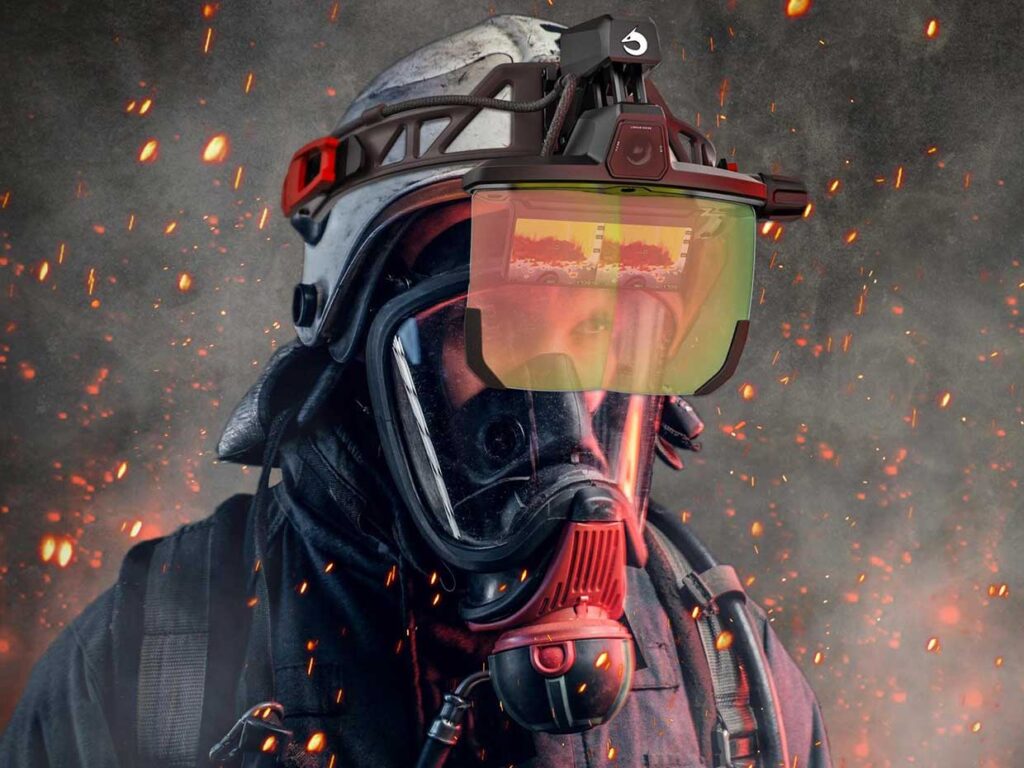[ale_divider style=”thin” text=”notext”] Divider Text [/ale_divider]
This article appeared on spectrum.ieee.org by Kathy Pretz. To read the original post Click Here.
[ale_divider style=”thin” text=”notext”] Divider Text [/ale_divider]
Longan Vision’s two-camera system has been adapted to do temperature checks of people in public spaces
THE INSTITUTE Before the coronavirus pandemic hit Canada, Enzo Jia was busy developing the Fusion Vision System, an augmented-reality (AR) visor with thermal imaging to help firefighters see through smoke.
“I always wanted to design something to help humans enhance their vision and also to see something they cannot with the naked eye,” Jia told The Institute in March. He is chief executive of Longan Vision, a startup he helped found. “I really want to help firefighters and first responders enhance their vision by using AR technologies.”
The startup, based in Hamilton, Ont., was named a 2020 IEEE Entrepreneurship Star at this year’s Consumer Electronics Show, held in January. The program recognizes early-stage companies that have the potential of bringing to market engineering-driven innovations in IEEE’s field of interest. Along with the recognition, awardees get a free year of IEEE membership.
In the months before the pandemic, the company had developed a prototype of its Fusion Vision System and had demonstrated it to several fire departments.
When COVID-19 began spreading throughout Canada, Jia and his colleagues realized they could use some of the same technologies to combat the spread of the virus, so they began a side project. To detect a high body temperature, which is a common symptom of COVID-19, the startup used components from the visor to build Gatekeeper, a thermal-imaging system. Gatekeeper can be mounted on a wall or tripod to measure body temperature of up to five people at once.
Several units have been installed in long-term-care facilities, grocery stores, and universities, Jia says.
AR VISORS
Jia, a mechanical engineer, says he has been a fan of AR technology for some time. His undergraduate capstone project at McMaster University, in Hamilton, was about how AR could be used in vehicle head-up displays. Such displays, which already exist in some vehicles, can project information on the windshield, including navigation instructions, speed limit, and mileage.
Jia, who earned a bachelor’s degree in automotive engineering technology, was a member of the university’s IEEE student branch. He later earned a master’s degree in mechanical engineering from the school.





